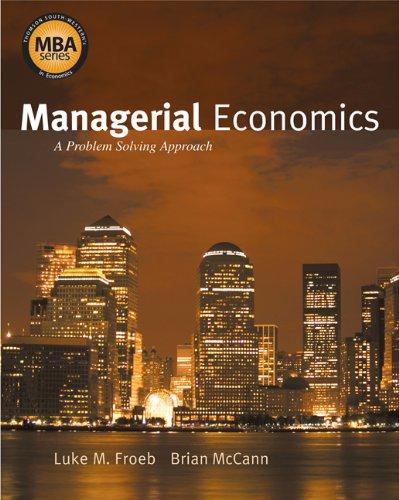
B: Macroeconomic Data Questions 4-10 require the use of a spreadsheet software such as Excel. The data you'll need comes from Statistics Canada Table 36-10-0104-01: "Gross domestic product, expenditure-based, Canada, quarterly (x 1,000,000)" Select data series which are in real terms (Chained 2012 dollars) over the period 2001:Q1 to 2021:Q2 and which is seasonally adjusted at annual rates. The latter implies that the quarterly value given is 4 times the actual estimate. Question 4 What was the average quarterly % growth rate of real GDP at market prices between 200le1 and 2019:Q4 (to two decimal places)? Question 5 Suppose that the economy had continued to grow at the average rate computed in Question 4 after 2019:Q4. Compute the implied level of real GDP in each quarter from 20202Q1 to 2021:Q2. You don't need to report this data. Instead, please plot both this counterfactual GDP and the actual GDP over time between 2019:Q4 and 2021:Q2 and submit the graphic file below. Question 6 Use the data from Question 5 to provide a simple estimate of the losses in national income clue to the pandemic and the associated lockdowns over this period. Report this below as a % share of GDP in 2021:Q2 (to two decimal places). Question 7 Compute the data series corresponding to C, I, G and NX [X-M) for each quarter from 2001:Q1 until 20212Q2 (see also Table 2.1 in the text). Then calculate the fraction of total GDP corresponding to each expenditure category (i.e. C/Y, IIY. G/Y and NX/Y) for each quarter. Again, please don't report these data series. Instead, plot the four expenditure shares over the whole period in a single graph and attach the graphic file below. Question 8 Describe any long term trends in the relative value of the expenditure shares calculated in Question 7? Have these expenditure shares changed much during the pandemic? How is it possible that household consumption and overall investment as a share of GDP have both trended upward since 2001? Question 9 Describe the behaviour of investment by the private sector (business gross fixed capital formation) during the by the COVlD-19 pandemic? How does its value in 2021:Q2 compare to pre-pandemic levels in 2019? Question 10 Compare the behavior of residential to that of non-residential fixed capital formation between 2019:Q4 and 2021:Q2. What do you conclude from this








